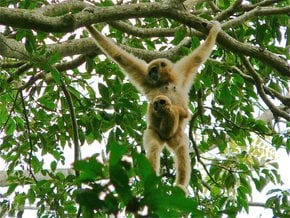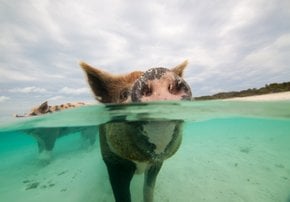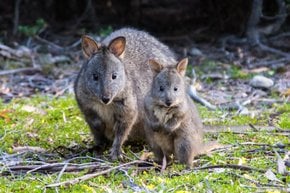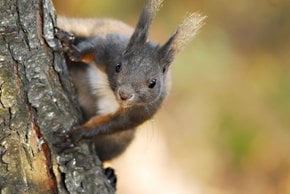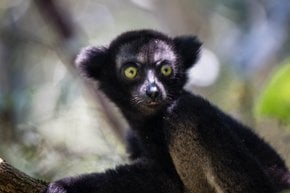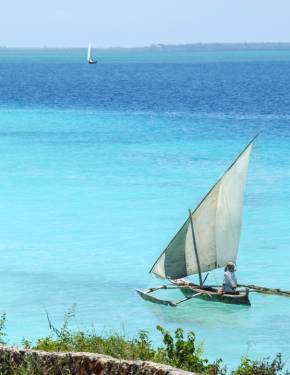Baby Lemurs in Madagascar 2026
The only place in the world where you can see the many lemurs and their babies in the wild
Best time: October–November
Lemurs are found in virtually all of Madagascar's ecosystems. There are about 60 kinds of them in Madagascar—from small mouse-sized to big monkey-sized. October–November is the time when female lemurs give birth to their babies. Then they carry them on their belly for a couple of weeks. Once they are strong enough they move to the back.
Parc National de Ranomafana, Parc d'Isalo, Parc National d’Andasibe and Reserve National de l’Ankarana are the best places to observe lemurs. Parc National d'Andasibe-Mantadia is the closest one to Antananarivo. It takes around four and a half hours to take there by car Day trips to Andasibe Lemurs run from the capital city.












